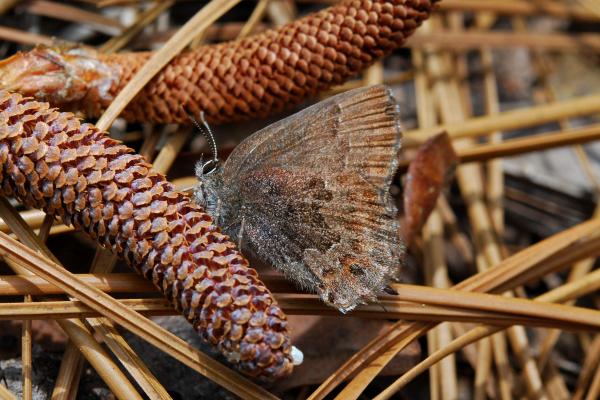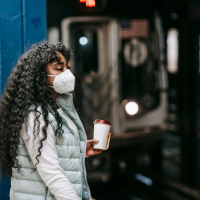Have you ever noticed moths vigorously flapping around your porch light? Well, they’re probably mistaking it for the moon. And sadly, most insects trapped in this cycle are dead by morning, either from exhaustion or from predators. This is just one example of how artificial light can impact insects. Sadly, more than 40% of the world’s insect population is in decline while a third are facing extinction. The main culprits are pesticides, habitat loss, invasive species and our climate crisis. However, a recent study found a fifth contributor that is often overlooked: light pollution.
Referred to as ‘artificial light at night’ or ‘ALAN’ for short, the study found that it interferes with daily insect life. From streetlights, vehicle headlights, and even lighting used to suppress insect abundance on farms, human-created lighting can negatively impact their movement, reproduction, development, foraging, and predation. But there’s good news. An easy way to help our bug friends is simply turning off unnecessary lights at night. This act will quite literally remove this threat. However, we still need to maintain light safety for humans during the evenings and overnight. We can use motion-activated lights around our dwellings, shading lights to illuminate only specific areas, replace blue-white light with amber or red lights, and also use LED lights.

- Log in to post comments



CRC Comments